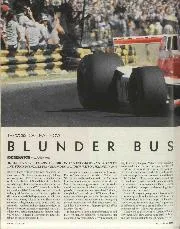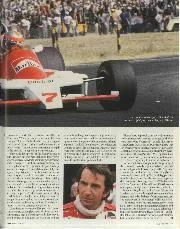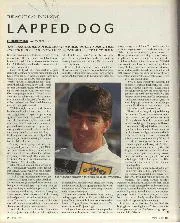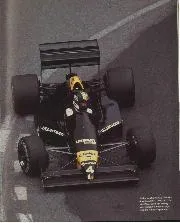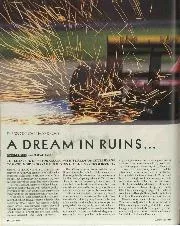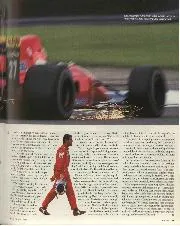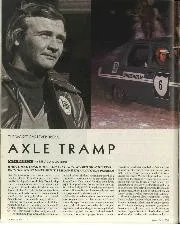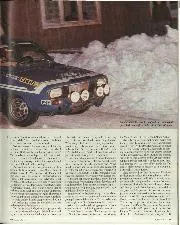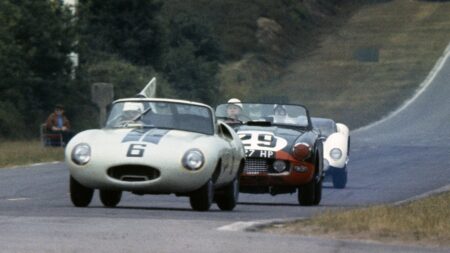
Dan Gurney: The worst car I ever drove – Jaguar E2A Prototype
Dan Gurney is one of just a handful of drivers whose grand prix careers stretched from the fifties to the seventies. Certainly as far as Formula 1 was concerned, the…
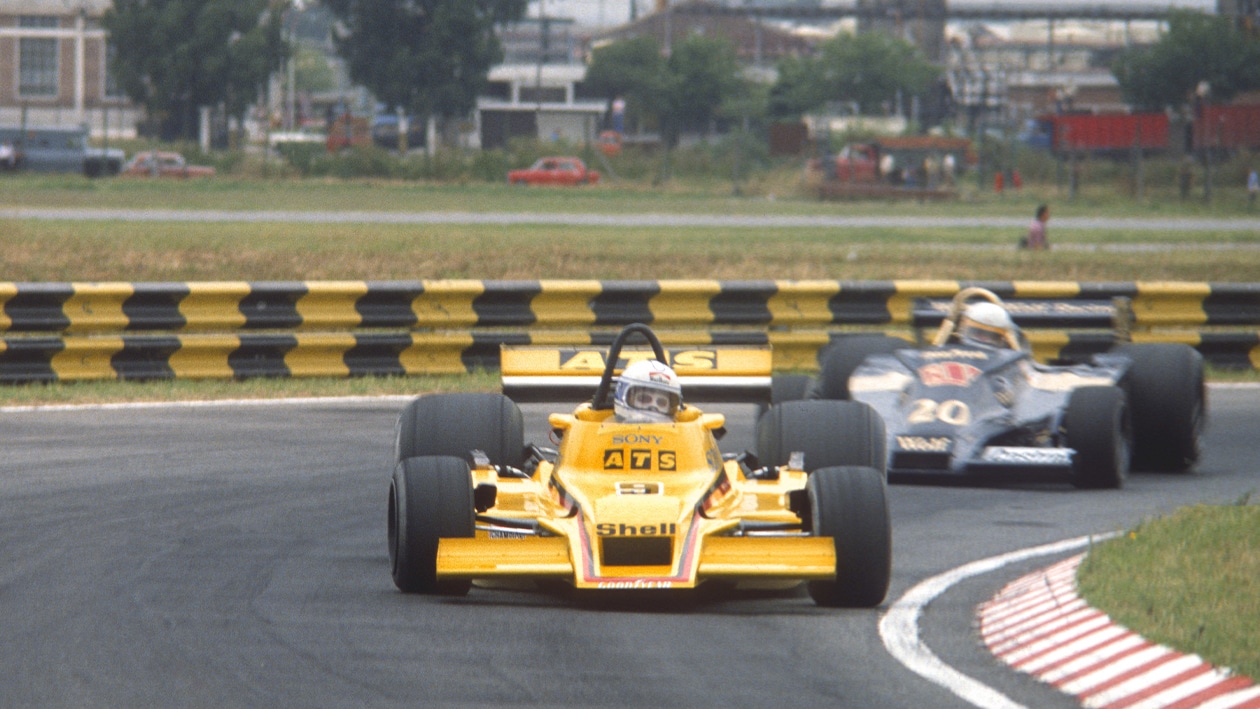
Mass's step into the unknown with ATS (here at the 1978 Argentine GP) turned out to be a mistake that could have killed him
Grand Prix Photo
At the end of the 1977 season Jochen Mass found himself edged out of McLaren, who replaced him with Patrick Tambay. After three and a bit seasons with the British team the German had won only one GP – or half to be precise, since Barcelona ’75 was stopped prematurely. He’d had to play second fiddle to Emerson Fittipaldi, and then James Hunt. In the circumstances it was hard for him to shine, but he had been consistent, and finished sixth in the ’77 title race. At 31, his stock was still high.
However, few decent opportunities presented themselves for the following year, and when countryman Gunther Schmid offered him a drive at ATS, he was intrigued. The team had previously run second-hand Penske chassis for Jean-Pierre Jarier, but had a new link with Robin Herd. The March boss had stopped his own works F1 programme, sold his FOCA rights to Schmid, and agreed to stay and help out on the technical side. With Herd on board, the team seemed to have a chance to make good progress, so Mass agreed to join fellow veteran Jarier in a two-car line-up.
“It was a year where I didn’t have much of a choice,” he recalls. “I made a mistake by not looking and negotiating early enough. I should have got a better car, but I made an unfortunate decision to join this unknown ATS set-up. There was no other team open, apart from Shadow, and that was also an unknown quantity, because of the split with what became Arrows.
“I don’t remember all the details because you try to forget that sort of thing as quickly as possible!”
“I knew Schmid, and I knew Robin Herd, and I knew basically what it was supposed to be. And that gave me enough confidence to do it. I thought, well it’s German, so perhaps I’ll be better off: And I had a lot of faith in Robin, because of my early F3 and F2 days. And later I had sporadic F2 races with March, which we won. He and I got along quite well, and I really enjoyed working with him.”
Herd duly oversaw modifications to the original Penske design, and the cars were subsequently entered under the name ATS HS1. Back in 1976 the Penske had been a front-runner in John Watson’s hands, but two years on, the reality was different…
“It was definitely the worst race car I ever drove. There was nothing right – I don’t remember all the details because you try to forget that sort of thing as quickly as possible! But the car was horrible, and we always ran at the back.”
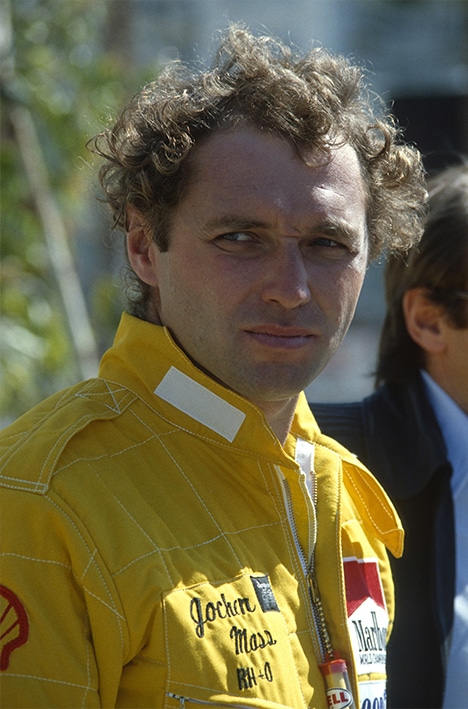
Mass had few options apart from ATS in the 1978 season
Grand Prix Photo
At the first race in Argentina Jochen qualified a respectable 13th, but that turned out to be the high point of the season. He slipped to 20th in Brazil, where he at least managed to finish seventh in the race, but he already knew he was in for a tough year.
“As it turned out Schmid and Robin fell out very quickly, and after the first couple of races Robin didn’t turn up again, and didn’t do anything on the car. So we had a very unfortunate season.”
Other ex-March people quickly baled out and returned to their roots, and it proved hard to get anybody to stay for very long. Schmid was not an easy man to work for.
“The car was a pig, it rolled a lot. It was ridiculous”
“Eventually I persuaded people not to join,” admits Mass, “because they’d only put themselves in a silly situation! Schmid had good intentions, but he was the wrong guy personality-wise. He was too impatient and there was a lot of friction in the team.”
Schmid insisted on taking over the engineering side, and the car got worse and worse. Jochen failed to make the cut in Monaco, where only 20 cars started, and only just scraped onto the grid in 25th in France and 26th in Britain. He was embarrassed to be back in 22nd for his home race at Hockenheim, but his misery didn’t last long; the suspension broke on the first lap, and in the ensuing accident he took local star Hans Stuck out with him…
“The car was a pig. It was not stiff, it rolled a lot, and there was nothing right on it – not the engine, the aerodynamics or anything else. Just looking at it, with the radiators mounted at a peculiar angle in the back of the sidepods… it was ridiculous. When you get into the car like that, you can try and go two or three tenths quicker, but it’s not fun trying. The whole year was a write-off, a total pain.”
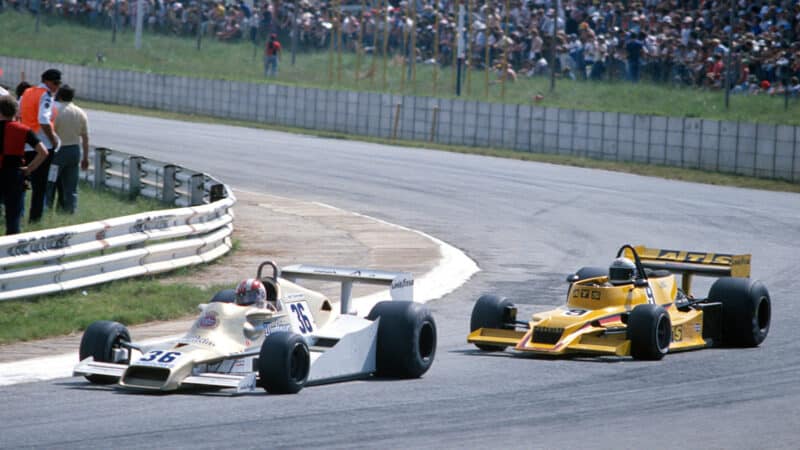
Mass fights Rolf Stommelen in South Africa but would go on to retire
Grand Prix Photo
At the Dutch GP Schmid showed signs of wanting to move forward. ATS was one of the first teams to jump on the Lotus ground effect bandwagon, and a hurriedly built ‘wing car’, the D1, appeared for the first time at Zandvoort. Outwardly a much sleeker machine, it was barely finished, and Jochen didn’t get to drive it until Saturday. When the engine blew, he lost any chance of hauling the new car onto the grid.
Mass had one other outing in the D1, during testing at Silverstone. When he stood on the brakes for Stowe, the car slewed sharp left and destroyed itself in the barrier, “It was a radius rod failure; an overstretched uniball, where they had tightened it up too often. I think Schmid was on one of his cost-saving trips, and probably put it back in the stores, which some guys tended to do.
“I was extremely lucky to survive, quite honestly. It could have killed me. I broke the whole left side the tibia, the femur, the knee, ribs and shoulder. Alastair Caldwell, the McLaren team manager, helped a lot. He insisted on getting me the best doctor available.”
At least that was the end of Jochen’s ATS nightmare. The season was over before he recovered, and for 1979 he joined Arrows.”Schmid never really apologised,” says Mass. “But what could he say?”

Dan Gurney is one of just a handful of drivers whose grand prix careers stretched from the fifties to the seventies. Certainly as far as Formula 1 was concerned, the…
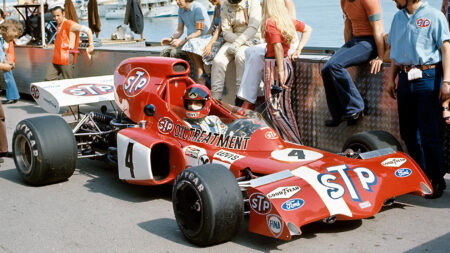
It was the one time I needed not to get into a bad car. It was 1972 and I’d bought my way into Formula 1 with March; I’d agreed to…
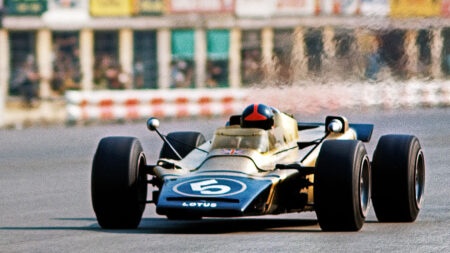
When a driver has raced at the highest level for more than a quarter of a century, choosing his least favourite car is not easy. But Emerson Fittipaldi ponders our…
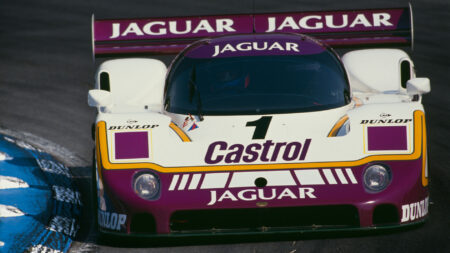
“I drove some bad grand prix cars,” says Martin Brundle, “but I don’t want to waste a whole article talking about the 1987 Zakspeed! Then there was that ’85 Tyrrell-Renault,…
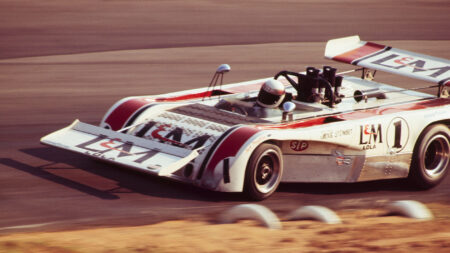
From his very early days in the sport Jackie Stewart made sure he always had good machinery at his disposal, and not just in Formula 1. Even when moonlighting in…
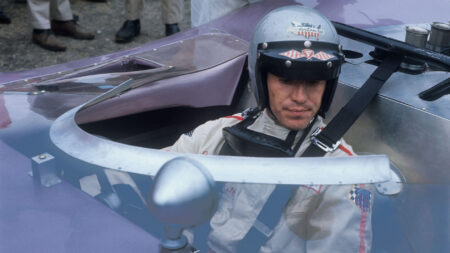
Mario Andretti has raced so many cars, over a career that stretches back four decades, that you might expect him to hesitate over the question of which was the worst.…
In 1978 I was still driving from Brabham as team-mate to Niki Lauda but was already thinking of moving on for 1979. There was a little incident on the eve…
It was the beginning of 1988 and I’d done a total of about six F3000 races and a handful of F3 races before that. I hadn’t done a full season…
Most of the drivers who’ve related the tale of their ‘Worst Racing Car’ can now look back on the experience with a smile. It may have been awful at the…
When the steering wheel came off, it still steered from the rear…John Davenport hears about a saloon with an attitude problem. Ove Andersson is now best known as the President…
Untried, untested and unloved, Datsun’s entry for the 1973 Tour of Britain was Tony Fall’s nemesis. John Davenport remembers why With the Tour of Britain, shortly to be revived for…
When the Beatrice Formula 1 team ground to a halt at the end of 1986, Alan Jones welcomed the chance to spend more time at home in Australia. But he…
